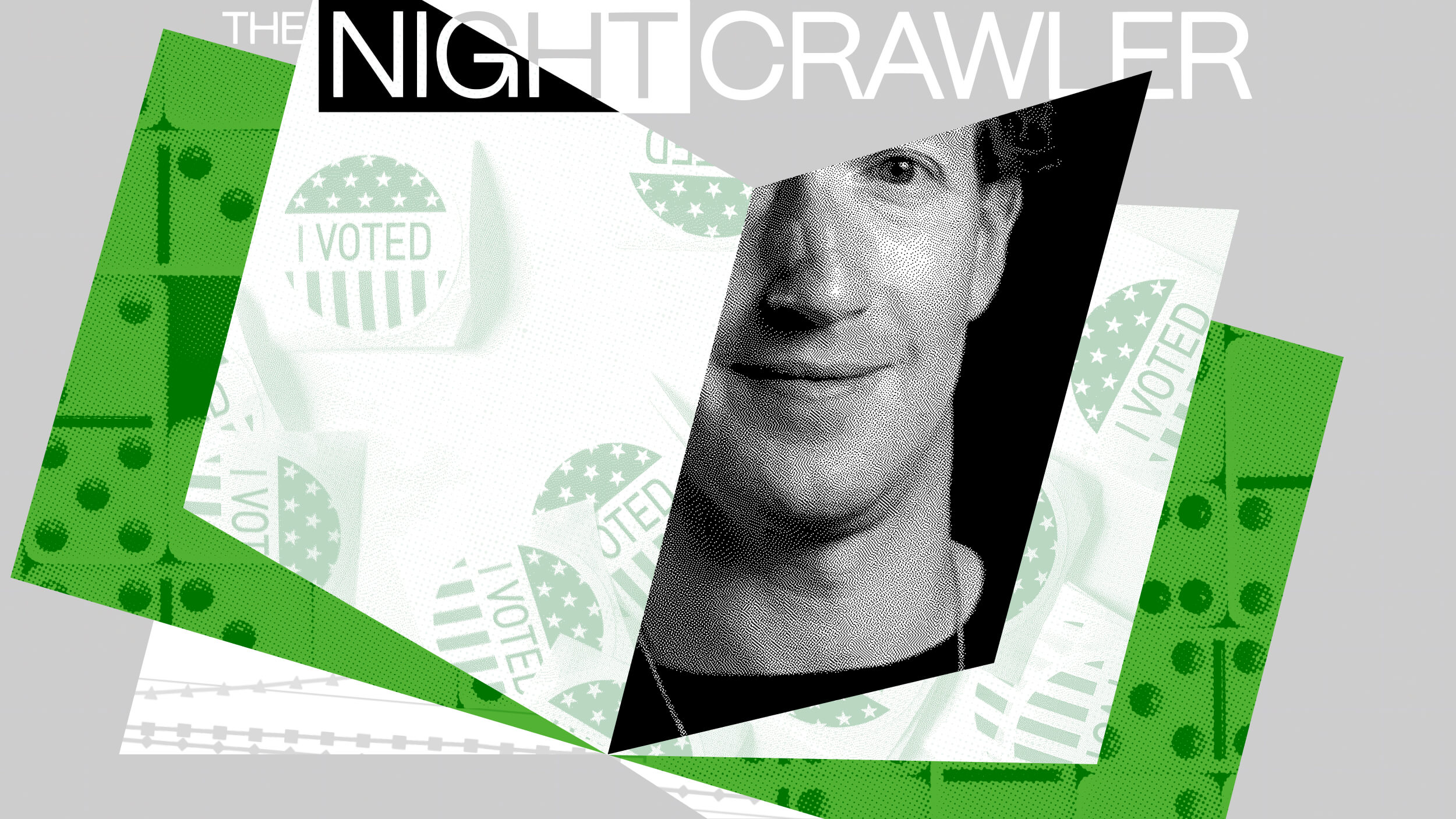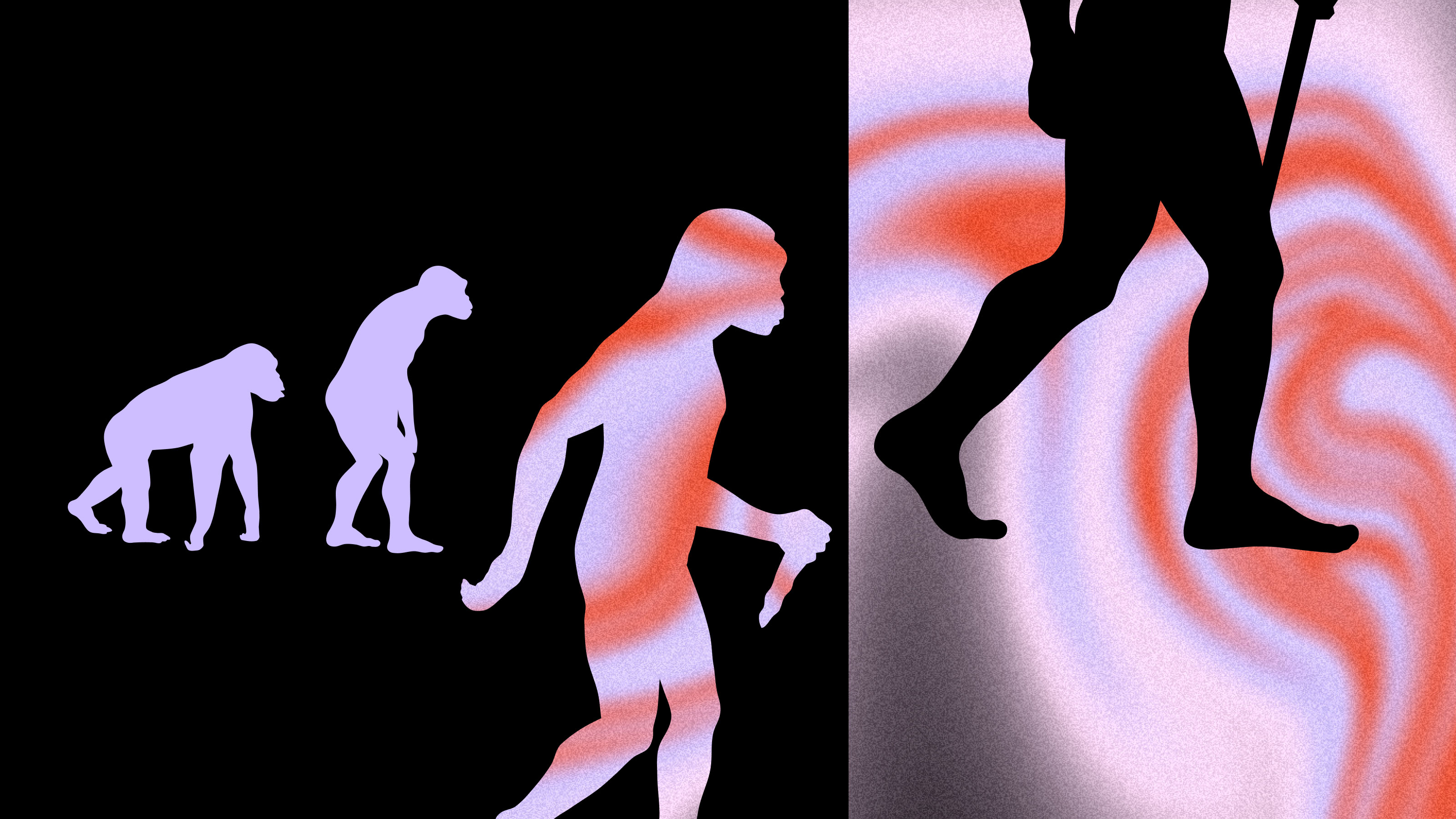And did the doctors who claimed to “treat” it by inducing orgasm know better? Rachel Maines reveals the truth behind the historical rumors.
Question: What was the relationship between so-called hysteria and sexual frustration?
rnRachel Maines: Well, hysteria was diagnosed by Hippocrates, as I mentioned, that's 450 B.C., so that's really quite a long time. It didn't really go out of fashion as a diagnosis, well, it was legislated out of existence in 1957 by the American, I think it's the American Psychiatric Association, but there's still a catch-all category for things. Charles Lasegue, who was a 19th century French physician, once said that, "Hysteria was the wastepaper basket of otherwise unemployed medical symptoms." And into this wastepaper basket went all sorts of thing from antiquity until, well, until Freud's time and then he put a new interpretation on it, what hysteria was, and that's the one that we kind of remember most often.
rnBut the disease that, "disease," that is described by Hippocrates and by Thomas Sydenham, who's a, trying to remember, 17th century? He's called the English Hippocrates, a historical British physician, it really sounds like a lot more like sexual frustration, she's nervous, she has trouble sleeping, she has trouble with anxiety, she has these vague feelings of heaviness in the abdomen. And then my two favorite symptoms, you don't see this in every description, but you see them in enough to make you suspicious. One of the symptoms is sexual fantasy and the other is vaginal lubrication. And if these are symptoms, there are an awful lot of sick people out there, right? And they found a lot of sick people, they thought in the 19th century, for example, that three-quarters of all women, middle class women, suffered from hysteria. And if those are the symptoms, maybe they did.
rnQuestion: Were physicians really innocent about what they were “treating”?
rnRachel Maines: In some cases it was innocence. But I wasn't even sure of my hypothesis myself until I saw the works of a fellow named Nathaniel Heimar wrote about hysteria in 1666, and he wrote it in Latin, so it's a very good thing I took that, you know, did all the classics back as an undergrad, that he said, he just calls what he's producing. He tells you all about how to do it, "Well, you know, here you get some oil, you know, and you get all, you know, greased up, and then you, you know, the fingers of this hand go in here and the fingers of the other hand go here. And then she'll get to breathe hard and then there'll be contractions and she'll get all red in the face, you know." And he just goes right on and says, "Well, it's an orgasm, you know, but it's your job to do this because you're a doctor, right? And you have to relieve the symptoms and she will feel better for a while and then she'll come back, you know, if she can afford to come to the doctor regularly." So it was a great way for a doctor to make a living, you know, these women are not really sick and they're not going to get well either, so, you know, it was, that was one of the things you notice in the 19th century, when the doctors actually write about that, that it's a good source of revenue.
rnBut some of the doctors actually, in the 17th century, that is in Heimar’s time in Britain, Audrey Eccles, who was a British historian of medicine, has documented that there was actually a split between Protestant and Catholic doctors about whether it was really appropriate for doctors to be doing this, because they knew what was going on, at that time they did. It's not clear if they did in the 19th century or not. But apparently the Catholic doctor said, "Well, it's your duty to do this or, you know, or she might die of it," you know, oh, really? So you have to do this and the Protestant doctor's like, "Oh, we mustn’t, you know, terrible thing." But apparently that, you know, that was gone by the 19th century and the doctors were, most of them were saying, "Oh, it's nothing sexual, it can't be anything sexual, because there's no penetration and therefore, no sex. Right? Can't be, has to be something else. Hysterical paroxysm, that's what we're seeing. It's like the breaking of a fever, when you have a cold, you know, and you're all feverish for a while and then the fever breaks and you feel better? Yeah, see, that's it, the crisis of the disease, very Galenic, so they had their complete explanation there.
rnBut some of them even knew, one of them who did was a fellow, a French physician, it would be a French physician, right? Auguste Tripier, and he says in, I think it's 1883, he says, "Look guys," and he does mean guys because he's speaking to an audience of physicians and they're all guys, "Look, you know as well as I do that this is “un crise venerien,” this is an orgasm, a sexual crisis, but we're doing it anyway. It's just as if we're masturbating these patients," and they were like, "We don't want to hear it, Auguste," you know, and they just ignored it and went right on. The only thing that stopped them, I think what stopped, two things. One of them is, well, actually three, Freud comes along and he attempts massage therapy for hysteria and it turns out that he doesn't, he's never good at it. This is a guy who didn't know what women wanted, right? So he decided he'd sit them up and talk to them instead and we can go on from there, but in any case, that's one thing that happened. As Freud comes along and reinterprets hysteria, what it is, "Oh, it's lesions in the consciousness, it's nothing to do with sex."
rnThe second thing comes along is there begins to be a little more knowledge about women and their sexuality, not a whole lot, but there are some early sexology that is very persuasive and people will begin to say, "Well, you know, maybe women do have sexuality, maybe it's not unhealthy," you know?
rnAnd then the third thing that happens, and this is the real killer, as it were, the vibrator begins to appear in pornography and then the doctors go, "Ahh!" And just drop it like a hot rock, you know, they don't want anything more to do with it, because you know, it's obvious that what they're doing is exactly what these women are doing to themselves in these, like you know what a cabinet card is, it's about like this, and that's sort of an 19th century, early 20th century, you could buy them for respectable things, like theater stars, you could get a picture of like, you know, whoever the famous stars were and you could get like really weird ones and you could get ones of disasters, but you could also get pornography ones and there were these images of women with vibrators. And then by the '20s, we have the vibrator being used in films. And of course, I have a colleague, I'm always plugging his work, Jonathan Coopersmith, he's at Texas A & M, he's written a wonderful article called “Pornography of Progress.” And he makes the point that all these technologies, like cabinet cards, the telephone, fax machine, video, the Internet, that sexuality has seized on these things and turned them to its own purposes, thereby providing a stream of capital into the development of these technologies. And so you and I can sit here talking to each other through a video screen and a lot of the capital for the development of the technology was funded by that good old standby, human sexuality.
Recorded on December 14, 2009
Interviewed by Austin Allen





